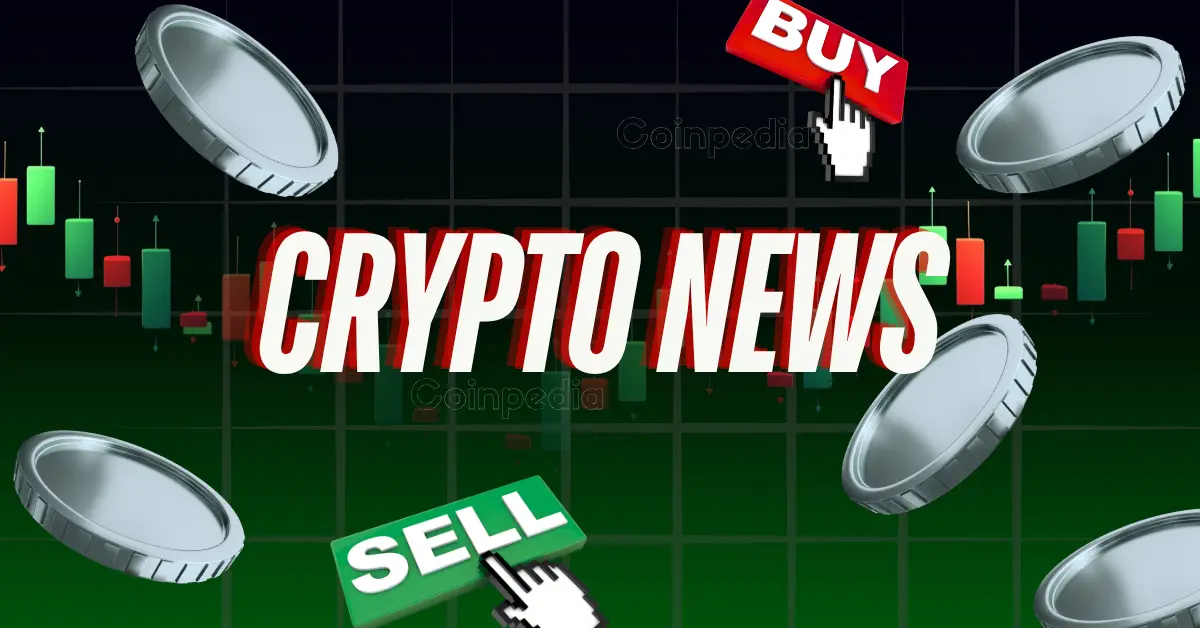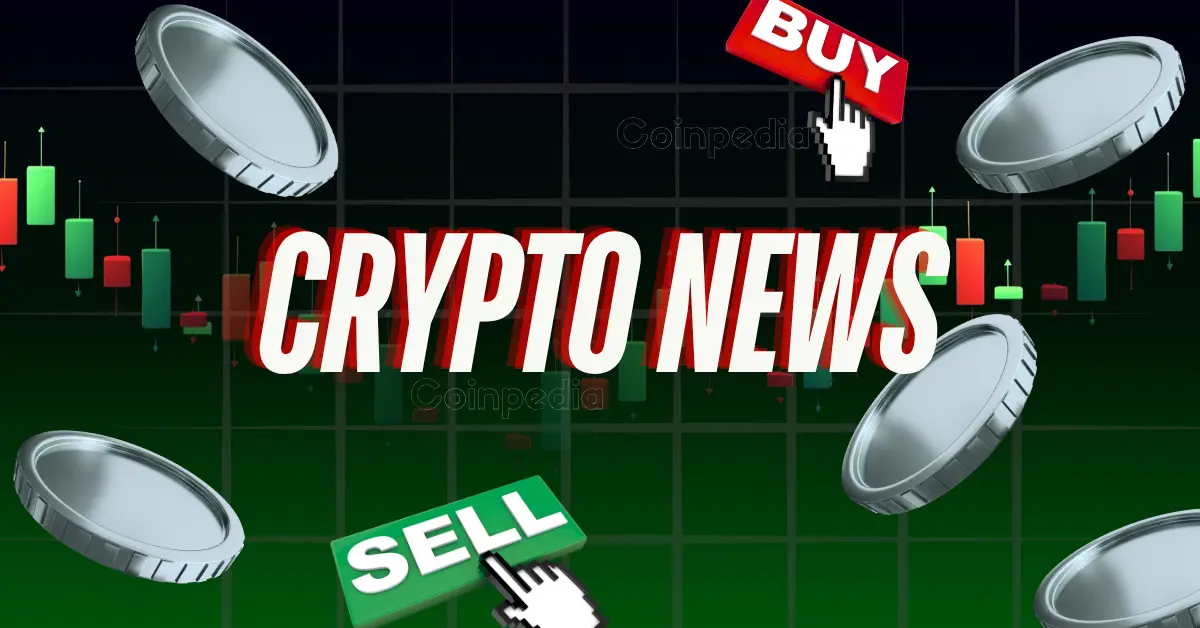The cryptocurrency market, a realm often perceived as a volatile landscape of digital assets, continues its dynamic evolution. Mid-2025 presents a particularly interesting snapshot, a moment where established giants like Bitcoin and Ethereum jostle for position alongside emergent contenders such as Cardano, XRP, and even the enigmatic Pi Network. News headlines paint a picture of a market grappling with incremental gains, significant altcoin surges, and the ever-present influence of stablecoins. This analysis will delve into these trends, offering a comprehensive overview of the key players, market dynamics, and underlying forces shaping the crypto sphere today.
Bitcoin’s Battles: Beyond the $100,000 Threshold
Bitcoin, the undisputed king of crypto, finds itself in a familiar yet frustrating position. Despite numerous attempts, a decisive breakout above the psychologically significant $100,000 mark remains elusive. While individual news reports may not show it, this struggle speaks volumes about the current state of investor sentiment. Several factors could contribute to this resistance, including:
- Regulatory Uncertainty: Lingering doubts about the regulatory landscape continue to cast a shadow over the market. Governments worldwide are still formulating their approaches to crypto regulation, creating a climate of apprehension among institutional investors.
- Macroeconomic Headwinds: Broader economic concerns, such as inflation and interest rate hikes, can impact investor risk appetite, leading some to shy away from volatile assets like Bitcoin.
- Profit-Taking: After periods of sustained growth, investors may choose to realize profits, putting downward pressure on prices and preventing further breakouts.
Despite these challenges, Bitcoin’s resilience remains undeniable. Its established brand recognition, limited supply, and increasing adoption as a store of value continue to support its long-term prospects. The cryptocurrency’s halving events, which reduce the supply of new Bitcoins entering the market, have historically been followed by significant price increases. As the next halving approaches, investors may anticipate a bullish trend, further solidifying Bitcoin’s position as a cornerstone of the crypto market.
Altcoin Ascensions: Cardano, XRP, and the Surge of the Underdogs
While Bitcoin navigates its path, several altcoins are experiencing periods of significant growth. Cardano, XRP, Solana, and Stellar are among those posting notable gains, signaling a potential shift in market dominance. These surges can be attributed to a variety of factors:
- Technological Advancements: Altcoins are constantly evolving, with teams working to improve scalability, security, and functionality. Successful upgrades and innovative features can attract new investors and drive up prices.
- Growing Adoption: As more businesses and individuals begin to use altcoins for various purposes, demand increases, leading to price appreciation.
- Community Support: Strong and active communities play a vital role in promoting and supporting altcoins. Positive sentiment and word-of-mouth marketing can have a significant impact on market performance.
Cardano’s Consistent Climb: Cardano, in particular, has demonstrated remarkable resilience, steadily climbing the ranks with its eco-friendly approach and commitment to rigorous development. Its recent 11.5% surge suggests growing confidence in its long-term potential. Cardano’s focus on sustainability and peer-reviewed research has positioned it as a leader in the eco-conscious crypto space, appealing to environmentally aware investors.
XRP’s Resilience: XRP, despite its legal battles, has shown impressive strength, with a 3.6% increase reflecting enduring community support and optimism about its future utility in cross-border payments. The resolution of XRP’s legal issues with the U.S. Securities and Exchange Commission (SEC) could further bolster its market position, as it seeks to establish itself as a key player in the remittance and financial services sectors.
Solana and Stellar’s Steady Gains: Solana and Stellar have also shown their potential with their growth, demonstrating the diverse opportunities and innovation within the altcoin market. Solana’s high-speed transactions and low fees have made it a popular choice for decentralized applications (dApps), while Stellar’s focus on cross-border payments and partnerships with financial institutions has enhanced its credibility and utility.
The Stablecoin Stranglehold: A Safety Net or a Market Dampener?
Stablecoins, cryptocurrencies designed to maintain a stable value relative to a reference asset like the US dollar, have become a dominant force in the crypto market. Their 24-hour trading volume, constituting a staggering 92% of the total crypto market volume, highlights their crucial role in facilitating trading and providing liquidity.
While stablecoins offer a safe haven for investors seeking to avoid volatility, their dominance also raises concerns:
- Reduced Volatility: While stability is desirable for some, it can also dampen overall market excitement and limit potential for high-growth opportunities.
- Centralization Risks: Many stablecoins are controlled by centralized entities, raising concerns about transparency and potential manipulation.
- Regulatory Scrutiny: Regulators are increasingly focused on stablecoins, potentially leading to stricter regulations that could impact their usability and adoption.
The dominance of stablecoins in the trading volume underscores their importance in the crypto ecosystem. They provide a bridge between traditional finance and the crypto world, enabling investors to hedge against market volatility and facilitating seamless transactions. However, the centralization of stablecoins, particularly those backed by fiat currencies, has sparked debates about their alignment with the decentralized ethos of cryptocurrencies. As regulators scrutinize stablecoins more closely, the market may see a shift towards decentralized stablecoins, which rely on algorithms and collateralization mechanisms to maintain stability.
The Enigma of Pi Network: Hype or Hope?
The inclusion of Pi Network in crypto news raises intriguing questions. Pi Network, a mobile-based cryptocurrency mining project, aims to make crypto accessible to the masses. However, its centralized structure and unproven technology have drawn criticism. Whether Pi Network will live up to its promises or fade into obscurity remains to be seen. Its appearance in market analyses reflects the constant search for the “next big thing,” but also the importance of critical evaluation in the crypto space.
Pi Network’s unique approach to mining, which allows users to mine cryptocurrency using their mobile devices without consuming significant energy, has garnered attention. However, the lack of a fully functional blockchain and the centralized control of the network have raised skepticism. As the crypto market evolves, projects like Pi Network must demonstrate tangible utility and decentralization to gain long-term credibility. The hype surrounding Pi Network serves as a reminder of the need for due diligence and skepticism in the crypto space, where innovation often comes with risks and uncertainties.
Decoding the Global Crypto Market Cap
The global crypto market cap, hovering around $3.41 trillion, provides a broad overview of the industry’s overall value. A 1.5% increase indicates a positive trend, suggesting renewed investor confidence and growing adoption. However, this figure should be interpreted with caution, as it can be influenced by a variety of factors, including:
- Market Sentiment: Overall investor mood plays a significant role in determining market capitalization. Positive news and favorable market conditions can lead to increased investment and higher valuations.
- New Entrants: The emergence of new cryptocurrencies and blockchain projects can contribute to the overall market cap, as investors allocate capital to these new ventures.
- External Factors: Macroeconomic events, regulatory developments, and technological breakthroughs can all impact market capitalization.
The global crypto market cap’s growth reflects the increasing acceptance of digital assets as a legitimate investment class. Institutional investors, hedge funds, and even traditional financial institutions are now incorporating crypto into their portfolios, contributing to the market’s expansion. However, the market remains susceptible to external shocks, such as regulatory crackdowns or macroeconomic downturns, which can lead to sudden fluctuations in market capitalization.
Price Analysis and Predictions: A Crystal Ball Gaze
The search for accurate price predictions remains a constant pursuit in the crypto world. Experts offer daily analyses for Bitcoin, Ethereum, XRP, Solana, Dogecoin, Pi Coin, and others, attempting to forecast future market movements. However, it’s crucial to recognize the inherent limitations of such predictions. The crypto market is notoriously volatile and unpredictable, making it extremely difficult to accurately forecast future prices.
Price predictions are often based on technical analysis, which involves studying historical price patterns and trading volumes to identify trends. While technical analysis can provide valuable insights, it is not foolproof. Fundamental analysis, which considers the underlying technology, adoption rates, and regulatory environment, offers a more comprehensive approach to evaluating crypto assets. Combining both technical and fundamental analysis can help investors make more informed decisions, but even then, the crypto market’s unpredictability means that surprises are always possible.
Conclusion: Navigating the Crypto Current
The cryptocurrency market in mid-2025 presents a complex and multifaceted landscape. While Bitcoin continues its struggle to break free, altcoins are experiencing periods of notable growth, and stablecoins are solidifying their position as key market players. The overall market capitalization reflects a positive trend, but ongoing regulatory uncertainty and macroeconomic concerns continue to cast a shadow. As the crypto market evolves, it is crucial to approach it with a combination of optimism, skepticism, and a deep understanding of the underlying dynamics. Whether you are an experienced investor or a curious newcomer, the key to success lies in staying informed, conducting thorough research, and making informed decisions. The digital asset revolution is far from over, and the next chapter promises even more excitement, innovation, and potential rewards for those willing to navigate the crypto current.












